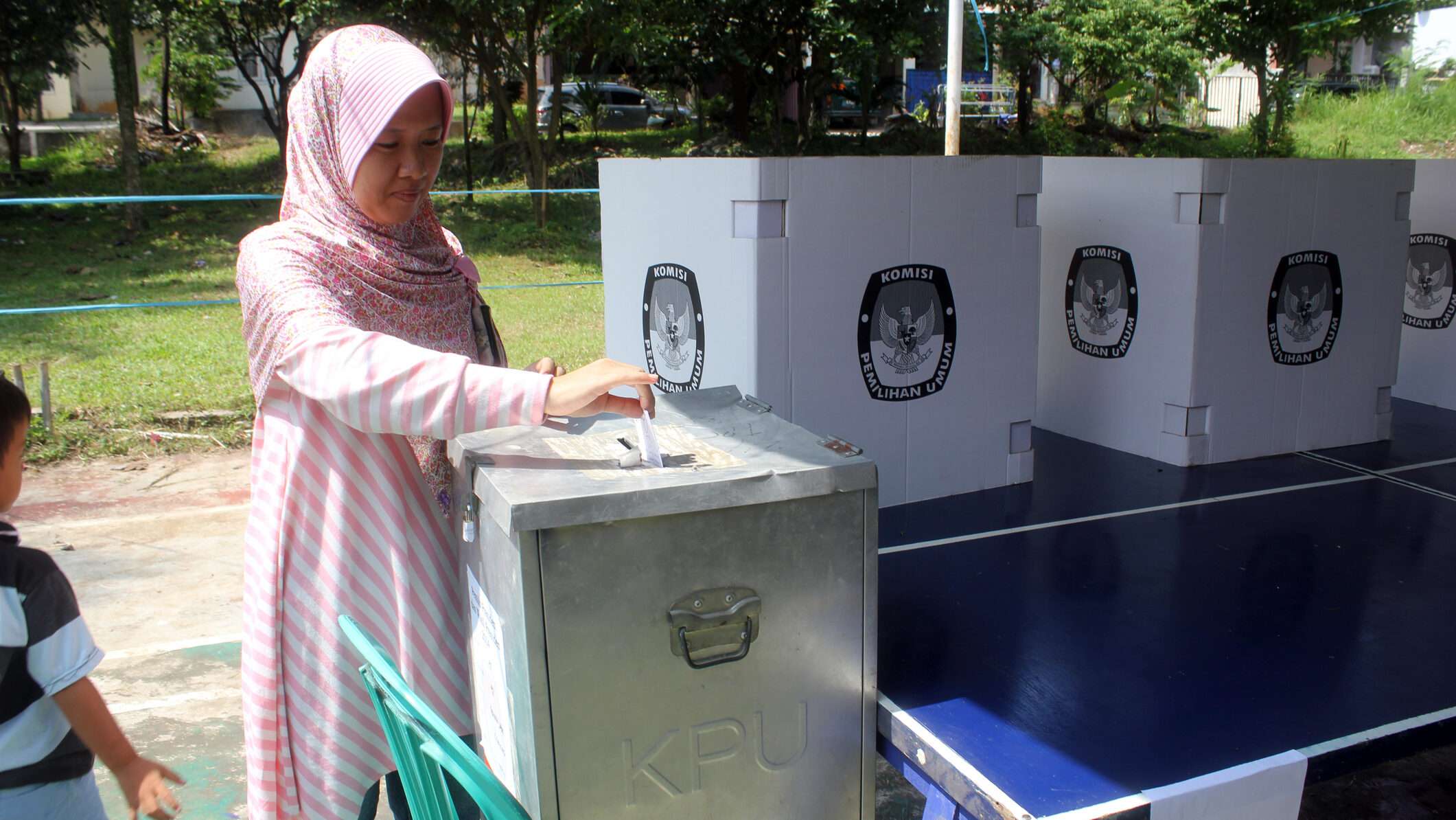
On August 29, 2023, Indonesia’s Supreme Court struck down the General Election Commission’s (KPU) revised gender quota formula (PKPU No. 10/2023), noting that it was in violation of the 30% threshold mandated in the 2017 Election Law, and ordering the KPU to revise its policy. Yet, despite the ruling, the KPU has yet to release a revised policy that guarantees at least 30% representation of female candidates in a given constituency and simply issued a statement advising parties to take notice of the Supreme Court ruling. Furthermore, on November 4, 2023, the KPU released Final Candidate Lists (Daftar Calon Tetap – DCT) from the 18 political parties registered to run in the 2024 General Election using the defunct threshold calculation.
As the DCT has yet to be revised in line with the Supreme Court’s ruling, KEMITRAAN conducted the following analysis and prepared an interactive tool to highlight a variety of aspects of the issue.
The first map highlights constituencies in which political parties’ DCTs fall short of the 30% threshold. Areas colored green indicate a party’s list was compliant, whereas areas identified in red indicate a candidate list with less than 30% women on the DCT. Users can switch between parties using the control at the upper righthand side of the map.
As we worked on the map above, we picked up on patterns of underrepresentation of women in certain regions. Accordingly, we then developed a map highlighting overall the number of parties per constituency that comply with the 30% threshold. Lighter areas on the map correspond to fewer political parties complying with the 30% threshold, while darker areas indicate more political parties in compliance.
Our analysis further shows that patriarchal patterns still persist in Indonesian politics, with male candidates dominating positions 1 and 2 on their respective party tickets in each constituency. Nationwide, parties nominated 2,331 male candidates in position 1 or 2, compared to just 690 women.
Therefore, we have created a map highlighting the number of women placed in position 1 or 2 on their respective party ticket per constituency. Users can hover over a particular constituency to get details on the female candidates in position 1 or 2.
Perhaps most interestingly, established parties – those currently with seats in the DPR – which were already accustomed to the previous gender quota formula, failed to maintain compliance with the 30% threshold to a greater degree than newer parties. Taken collectively, established parties complied with the 30% gender quota in 77% of constituencies, while up-start parties complied in 87% of constituencies.
To create these interactive tools, KEMITRAAN brought together official KPU DPR RI DCT 2024 data, Indonesian subnational administrative boundary files, and KPU constituency boundary definitions. Every effort has been made to ensure the accuracy of the information presented here, but if you spot an error, please do let us know and we will get it corrected.





